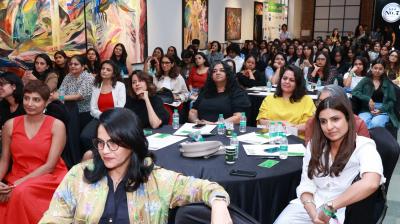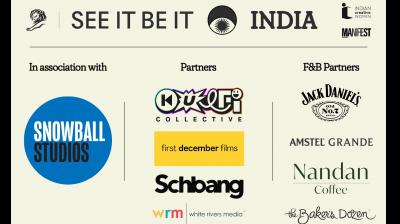There’s a quiet truth most B2B companies refuse to admit: nobody wakes up excited to use enterprise software. Yet that’s where millions spend their days inside dashboards, CRMs, ERPs, trackers, and approval tools. Ironically, the systems designed to make work easier often end up being the hardest part of work.
The problem isn’t functionality. It’s feeling. Somewhere along the way, ‘efficiency’ became synonymous with ‘emotionless.’ We started designing for compliance, not curiosity; for processes, not people. But efficiency doesn’t have to be cold. The best systems are invisible. They don’t make you notice design; they make you forget it exists.
Think about what happens when you log out of your ERP and open Netflix. Within seconds, it understands you; your habits, your pace, your mood. You don’t think; you just flow. Then you return to your enterprise tool, and it feels like a different century, ten clicks for one task, labels that read like disclaimers, buttons built in a vacuum. It’s like stepping out of a Tesla into a typewriter.
And yet, it’s the same human on both sides. The same brain that expects intuitive design from Instagram or Spotify doesn’t suddenly become patient with friction at work. Salesforce found that 82% of business buyers now expect experiences as smooth as consumer apps. The line between B2B and B2C expectations has vanished. It’s all human experience now.
The future of B2B UX won’t be about more dashboards or data. It’ll be about intelligence that disappears into the background; software that learns your workflow, anticipates your next move, and quietly adapts. Imagine approval tools that understand context and urgency. A CRM that prioritises leads by behaviour, not just filters. Dashboards that explain why numbers changed, not just that they did.
This isn’t science fiction. It’s the direction we’re heading, toward adaptive interfaces powered by design, data, and empathy. The next generation of enterprise products won’t need manuals; they’ll need manners.
Slack didn’t just redesign communication; it rewired culture. Figma made collaboration feel creative, even joyful. These tools succeeded because they treated every interaction like a conversation, not a command. That’s the difference between software that works for people and software that merely makes people work.
Every extra click is a micro tax on cognition. Every unclear label, every broken flow adds up. The American Psychological Association estimates employees waste 40 minutes a day navigating poor software, over 170 hours a year lost to bad design. At scale, that’s not inefficiency. That’s erosion of time, trust, and energy.
The future of enterprise design is about reclaiming that energy. It’s about interfaces that think with you, not at you. Design that reduces cognitive noise and restores human focus. The companies that get this right will win, not because they automate more, but because they bring back clarity.
And this isn’t just philosophy. It’s ROI. Forrester found that every dollar invested in UX brings a $100 return. Why? Because good design shortens onboarding, increases adoption, and builds emotional equity with users. The products people enjoy using are the ones they advocate for, and advocacy, unlike acquisition, can’t be bought.
Look at Zendesk, its calm, minimal interface feels like the product’s promise: helpfulness. HubSpot made marketing automation playful, modular, almost like Lego. Even Google Workspace, which nobody calls ‘beautiful,’ succeeds because it’s frictionless.
You open Docs and start typing. That’s the power of invisible design, it doesn’t distract you from what you came to do.
Now imagine what’s next: voice, predictive AI, natural language prompts. Tomorrow’s B2B tools won’t need you to find the button. You’ll just say what you want done, and they’ll do it. That’s not the death of UX; it’s its evolution, from visual to contextual, from static to conversational.
The best interfaces of the next decade won’t look like screens. They’ll feel like collaboration between human intuition and machine intelligence. That’s where true design leadership will live.
B2B isn’t boring. It’s just forgotten how to feel alive. And life, by nature, is adaptive, it anticipates, adjusts, and learns.
When software starts behaving that way, when it mirrors how people actually think and move, it stops being “enterprise-grade” and becomes human-grade.
Work doesn’t have to feel like work. Your UX just needs to catch up to the future.
The author is partner and COO, BombayDC.










